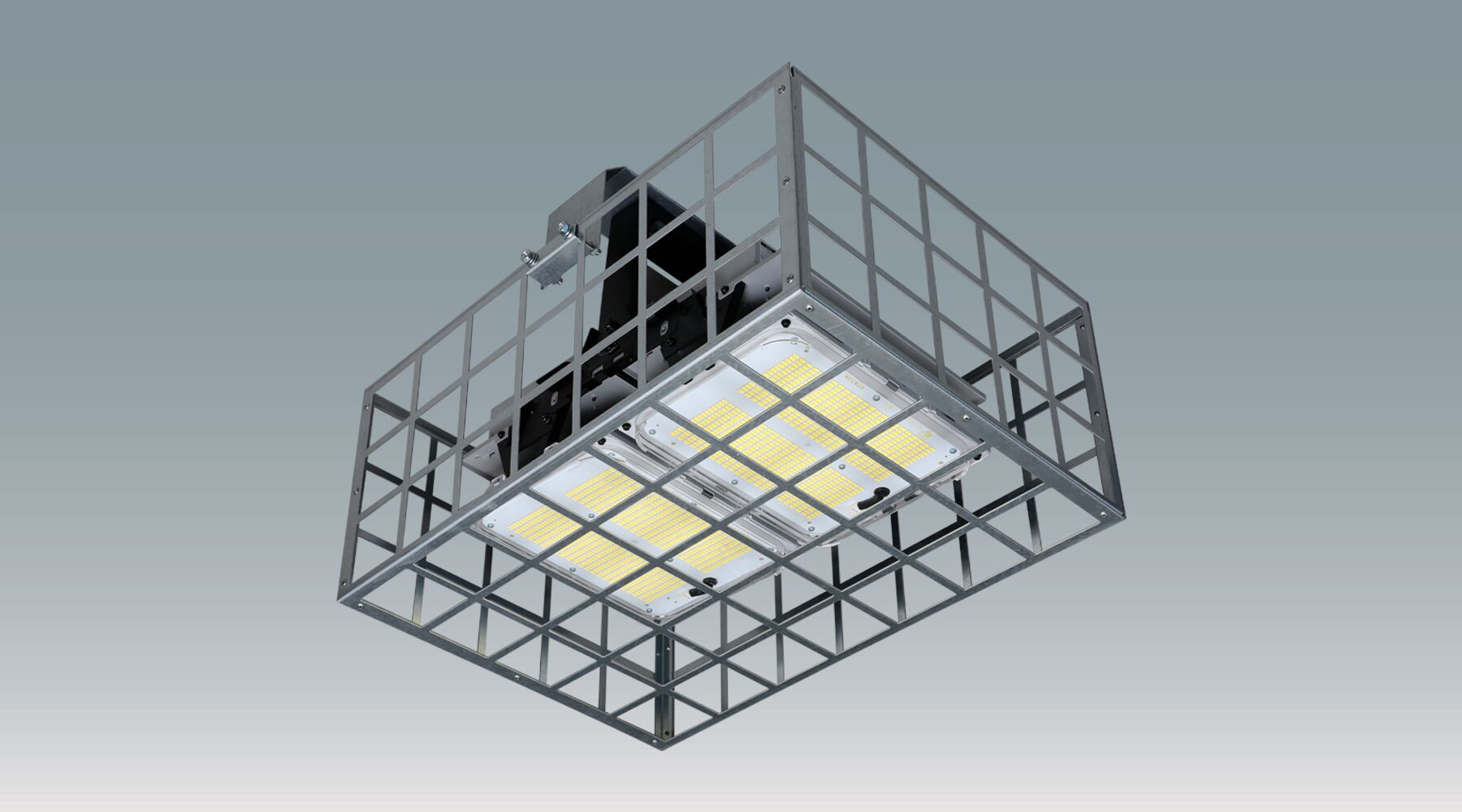
マイストア
変更
お店で受け取る
(送料無料)
配送する
納期目安:
05月16日頃のお届け予定です。
決済方法が、クレジット、代金引換の場合に限ります。その他の決済方法の場合はこちらをご確認ください。
※土・日・祝日の注文の場合や在庫状況によって、商品のお届けにお時間をいただく場合がございます。
トーアン★高輝度AC型LED投稿器★ACシリウスライトの詳細情報
トーアン★高輝度AC型LED投稿器★ACシリウスライト★
使用せず保管しておりました。検品のために一度点灯確認したのみです。
写真3枚目裏の部分にシール跡がございます。
全部で3台ありますので複数購入の場合はコメントください。(値段は一台の値段です)
【使用方法】
・点灯・消灯方法はAC100/200Vのコンセントに本体の電源コードのプラグを挿入することで点灯します。
・本体照光角度調整は本体左右にあるMBノブボルトを緩めて360度回転調整できます。
【用途】
●夜間の屋外作業に
・全光束:4250LM(50W)
・定格消費電力50W
・電源コード:1.2m(13AG140-0/PSE認定品)
・設置場所:屋外/屋内
・本体サイズ
W290xD136xH236(50W)
・重量:約4kg(50W)
●光源:高輝度LED
寿命
約50000時間
消費電力:50W
光源の種類···LED
使用せず保管しておりました。検品のために一度点灯確認したのみです。
写真3枚目裏の部分にシール跡がございます。
全部で3台ありますので複数購入の場合はコメントください。(値段は一台の値段です)
【使用方法】
・点灯・消灯方法はAC100/200Vのコンセントに本体の電源コードのプラグを挿入することで点灯します。
・本体照光角度調整は本体左右にあるMBノブボルトを緩めて360度回転調整できます。
【用途】
●夜間の屋外作業に
・全光束:4250LM(50W)
・定格消費電力50W
・電源コード:1.2m(13AG140-0/PSE認定品)
・設置場所:屋外/屋内
・本体サイズ
W290xD136xH236(50W)
・重量:約4kg(50W)
●光源:高輝度LED
寿命
約50000時間
消費電力:50W
光源の種類···LED
ベストセラーランキングです
近くの売り場の商品
カスタマーレビュー
オススメ度 4.3点
現在、385件のレビューが投稿されています。




















